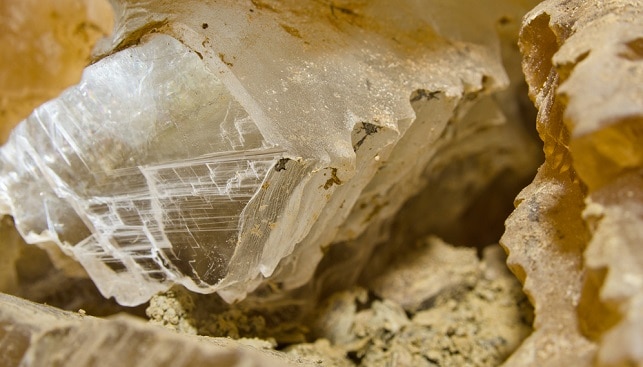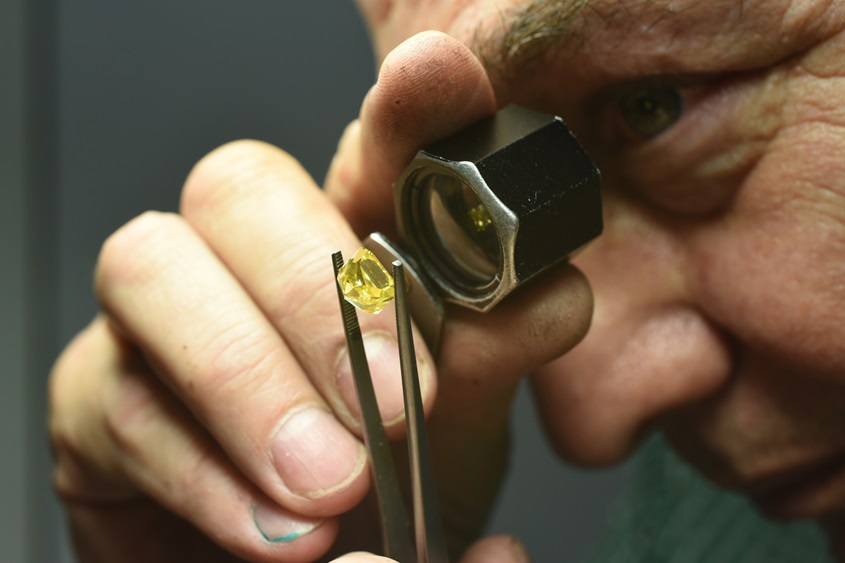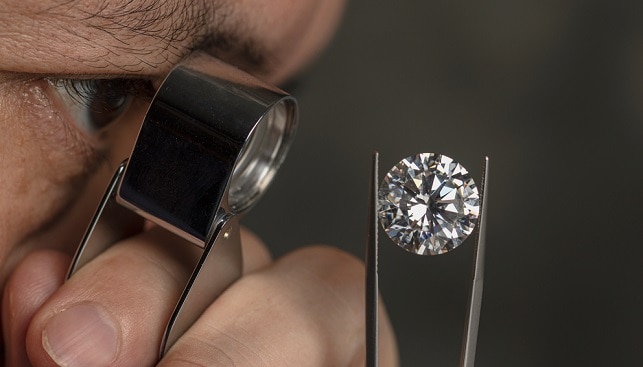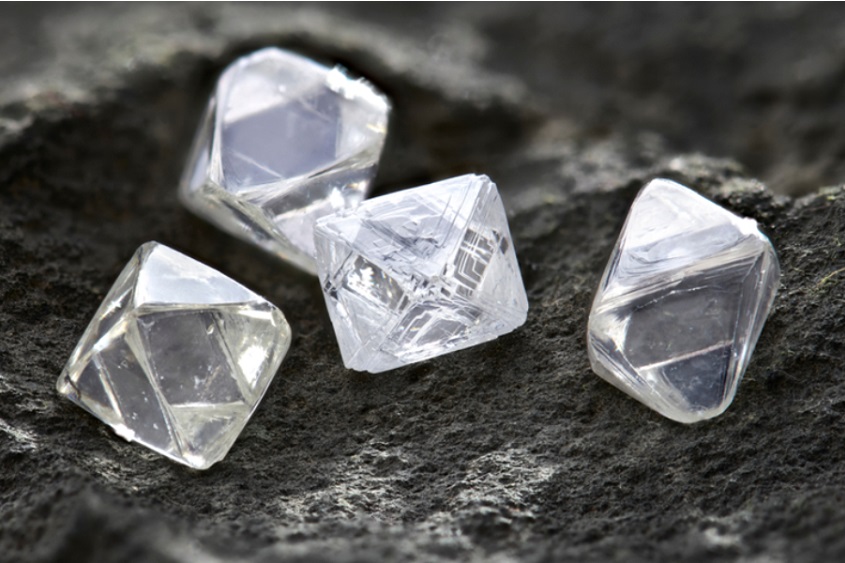Recent research published in the latest Science issue (August 16) brings to light a fascinating find in Brazil: A set of diamonds unearthed in the Juína area of Brazil have uncovered an ancient helium isotope called helium-3, present in pieces of original Earth rock. So far, these pristine pieces have remained intact deep underground.
Diamonds as Time Capsules
The study, conducted by Suzette Timmerman at the Research School of Earth Sciences in the Australian National University and her colleagues from the UK, Canada and Brazil, analyzed superdeep diamond fluid inclusions which originated from a depth of 410 to 660 kilometers under the ground. They were found to contain high levels of the ancient helium isotope helium-3, which according to the researchers “provide a window into the very deepest and oldest parts of Earth’s voluminous mantle”.

However, the signal from the helium isotope is usually obscured by reservoirs in basaltic lavas that have erupted at the surface. The set of diamonds found in Brazil, the researchers say, avoided near-surface contamination, and therefore contain “evidence for a deep, primordial rock”.
This essentially means that these diamonds, thought to be less than 500 million years old, formed in or above a remnant of Earth’s original rock. When forming, they acted like tiny time capsules, encapsulating some of the ancient helium-3. They were also found to contain a mineral called breyite, which is created at ultra-high pressures. This suggests that the diamonds originated at a minimum of 410 km underground, meaning that the primordial rock must be deeper than 410 km. As normally diamonds form less than 230 km underground, this set of “superdeep” diamonds are like time capsules that allow scientists to study the early days of Earth.
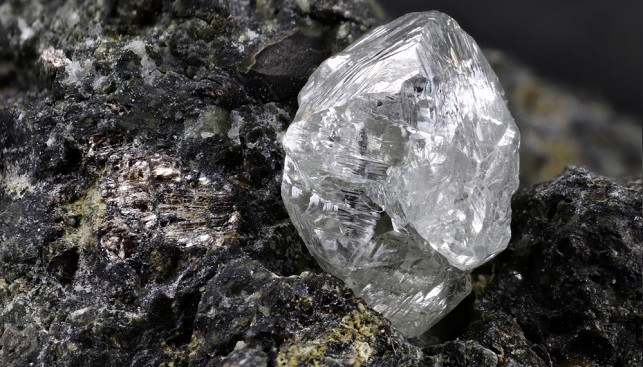
The researchers further concluded that the diamonds were carried to the surface of the Earth around 93 million years ago, ending up the surface in the Juína mines. The signatures extracted from these diamonds, according to the study, “have implications for chemical and dynamic models of Earth”. The next step will be to determine the location and size of the preserved primordial rock. It may well be, according to the team, have come from a dense structure close to Earth’s core.

